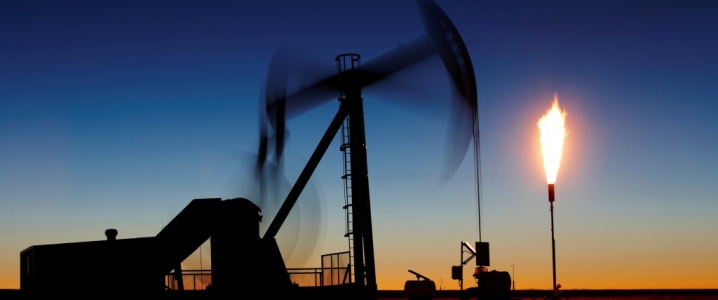Drillers in the fastest-growing oil region in the United States face infrastructure issues beyond limited pipeline takeaway capacity or water and frac sand supply.
Permian oil producers need a lot more electricity to power well production than they did just a few years ago. And the West Texas electricity grid—which wasn’t planned for so heavy a load—is straining to catch up with power demand.
Thanks to rising oil prices, oil production in the Permian has been surging. While drillers have flocked again to the hottest U.S. shale play, electricity infrastructure and transmission grids in West Texas need years to expand to keep reliable power supply on.
Over the past year, electricity demand across the Permian has surged by 79 percent, while some areas in the play have seen demand soar by as much as 400 percent over the past two-three years, the biggest utility serving the Permian—Oncor Electric Delivery Co—told Bloomberg.
The company is regularly talking to Permian drillers to listen to their needs and make sure that it is meeting them, Oncor spokesman Geoff Bailey told Bloomberg. By the end of 2021, the company will put new or upgraded lines across the region with investments of US$450 million, Bailey said.
Oncor, together with American Electric Power Service Corporation and the Lower Colorado River Authority Transmission Services Corporation, plans the Far West Texas Transmission Project for two new 345-kV lines to help address future reliability concerns in the growing region of Far West Texas. The first line will span in the Ector, Winkler, Loving, and Reeves counties, while the second line will extend further south in Pecos County. The project is expected to be completed in the next four to five years.
At the same time, production in the Permian is growing every month, with the EIA forecasting October oil production at 3.458 million bpd, up by 31,000 bpd over September.
The Permian power grid is incapable now of adequately handling the massive increase in drilling and production activity. While companies use diesel engines to power the biggest equipment on the site, drilling rigs and fracking pumps, providing power for wells already drilled and in their production stage, is often the biggest operation expense item, according to Bloomberg.
Until the new power transmission projects come on line, companies have started to look for alternative solutions to power their oil production operations—electrification projects, gas-powered compressors, solar and wind power.
Noble Energy, for example, has some electrification projects in the Permian. Related: European Natural Gas Prices Are Set To Rise Further
“I’m sure you’ve heard from others that some of the supply of electricity is not that reliable in the Southern Delaware Basin and so we’ve got some dollars going towards an electrification project that will help improve reliability there.” Gary Willingham, EVP of Operations, said on Noble Energy’s Q2 2018 earnings call.
Diamondback Energy’s president and COO, Michael Hollis, said on the company’s Q2 call that with its full-field electrification in its Delaware position, the company expects to reduce its power generation costs by up to US$60,000 per month per well, when the electrification is put in place in the second half this year.
Oil producers have also tested whether solar or wind power could be a viable solution to the power problem, but found the renewable energy option more expensive and unable to provide the consistency and power to run oilfield equipment, electrical-engineering consultant Toni Jameson told Bloomberg.
Gas turbines fueled by the abundant gas in the area are another option that oil producers consider for powering the oil wells.
Until new transmission lines are placed in four to five years, Permian oil producers are looking to solve the electricity and power stability issues with various other projects and solutions, because, as consultant Jameson told Bloomberg, the Permian power grid is currently like a one-lane country road, while the oil industry needs something like a 12-lane highway in both directions.
By Tsvetana Paraskova for Oilprice.com
More Top Reads From Oilprice.com:
- Who Will Save Ukraine’s Dying Refineries?
- How Much Spare Capacity Does Saudi Arabia Really Have?
- Underwhelming OPEC Fuels Oil Price Rally


















